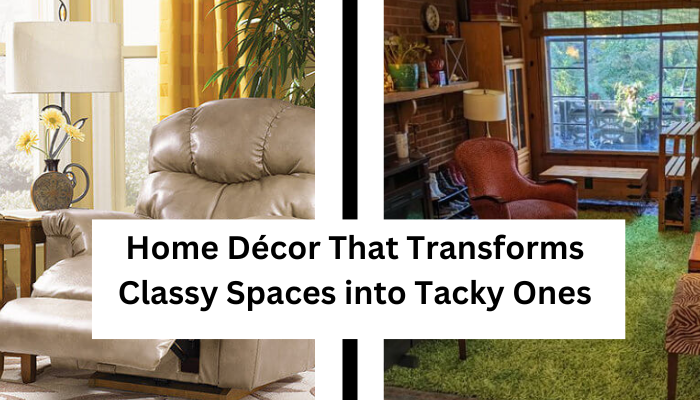Minimalist Living Room Ideas to Maximize Space
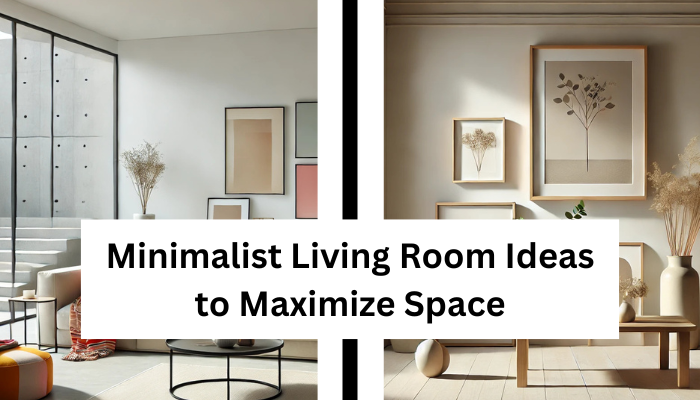
Minimalism isn’t just a design trend—it’s a lifestyle. Rooted in the principles of simplicity, functionality, and elegance, minimalist design creates a space that feels calm, organized, and truly livable. When applied to your living room, it can transform the area into a serene escape—perfect for both relaxation and stylish entertaining.
Whether you’re in a compact apartment or a spacious home, embracing minimalist living room ideas can help you maximize space, reduce visual noise, and highlight what truly matters. Below, we’ll explore practical yet stunning ways to design a minimalist living room that feels both intentional and inviting.
Advertisement – Continue Reading Below
1. Embrace Neutral Color Palettes
One of the cornerstones of minimalist interior design is the use of a soft, neutral color palette. Shades like white, ivory, taupe, soft gray, and earthy tones instantly make a room feel open, fresh, and uncluttered. These hues act as a blank canvas, allowing your furniture, textures, and accent pieces to subtly shine without overwhelming the space.
To avoid a sterile or cold look, layer various neutral tones and textured elements. For example, pair light beige walls with a plush off-white sectional, soft gray linen curtains, and a cozy woven jute rug. This layered approach keeps the room visually interesting while maintaining a clean and cohesive aesthetic.
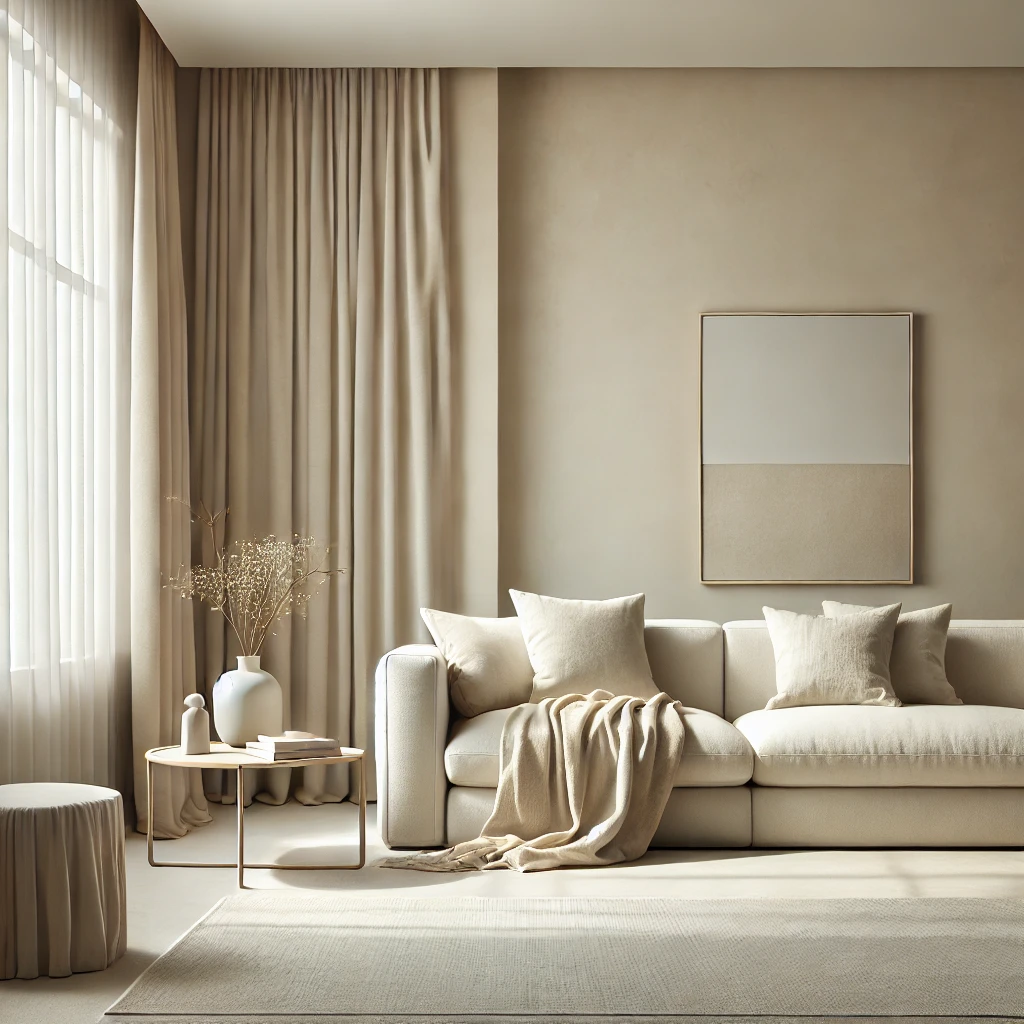
Advertisement – Continue Reading Below
2. Choose Functional, Space-Saving Furniture
In a minimalist living room, every piece should serve a purpose. The key is to choose multifunctional furniture that not only looks sleek but also helps maximize your living space and reduce clutter. This approach is especially useful for small homes or apartments where every square foot counts.
Think of a coffee table with hidden storage—perfect for stashing away remote controls, coasters, books, or magazines, keeping your surfaces clean and streamlined. A sofa bed offers the dual benefit of comfortable seating and an extra sleeping area for overnight guests. Likewise, a minimalist media unit with built-in storage eliminates the need for bulky shelving or additional furniture.
By incorporating these space-saving furniture ideas, you can achieve a balanced and functional space that aligns with the decluttered home design philosophy of minimalism—form meets function without the extra fuss.
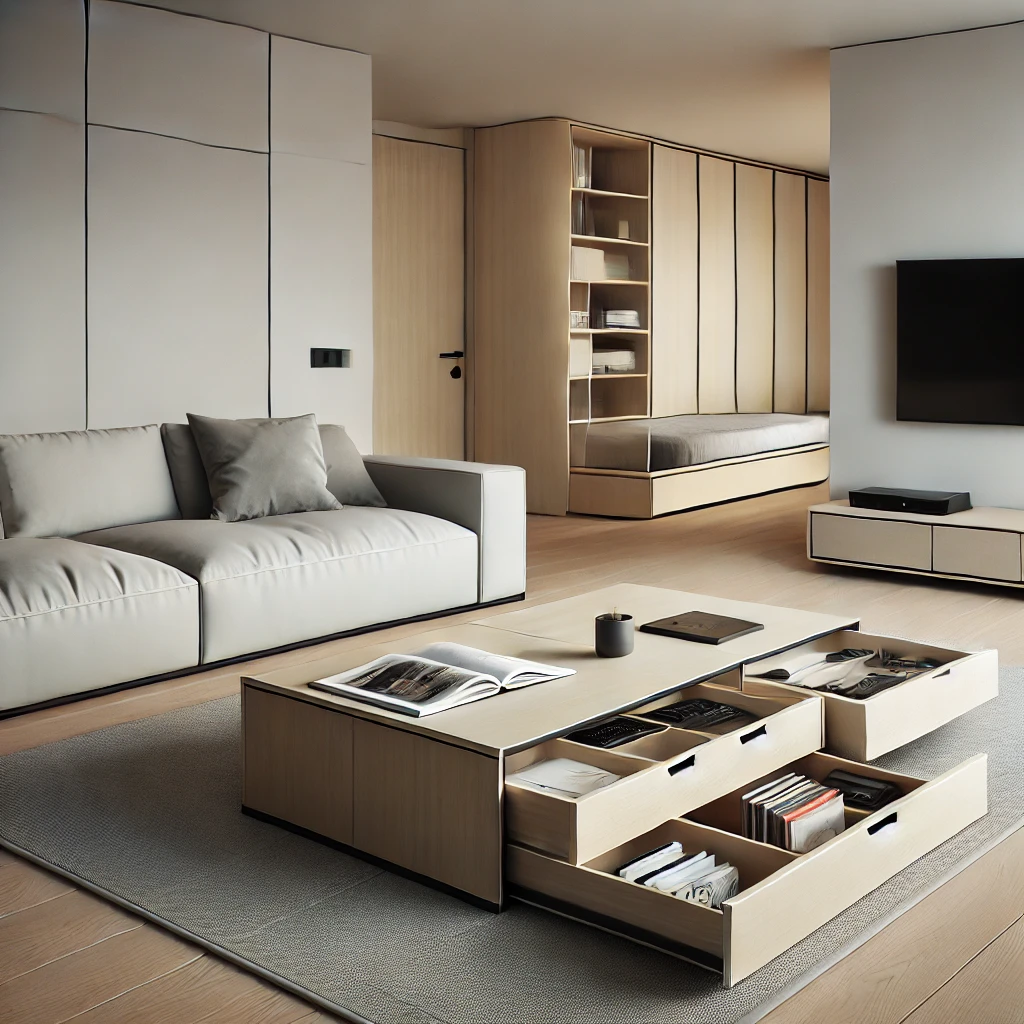
Advertisement – Continue Reading Below
3. Declutter Ruthlessly
At the heart of minimalist living is the principle of simplicity—and that starts with decluttering. A clutter-free space not only looks better, it feels calmer and more functional. Take a critical look around your living room and ask yourself: Do I really need all of this?
Advertisement – Continue Reading Below
Start by removing anything that doesn’t serve a clear function or bring you genuine joy. This includes stacks of old magazines, unnecessary decor, duplicate throw pillows, or those “just-in-case” blankets you haven’t used in years. If it’s not essential or doesn’t contribute to the room’s overall aesthetic, it’s time to let it go.
Following these decluttering tips for minimalist homes can dramatically transform your space. Less visual noise means more mental clarity, allowing you to fully relax and enjoy your surroundings. Think of it as creating room for what matters most, both physically and emotionally.
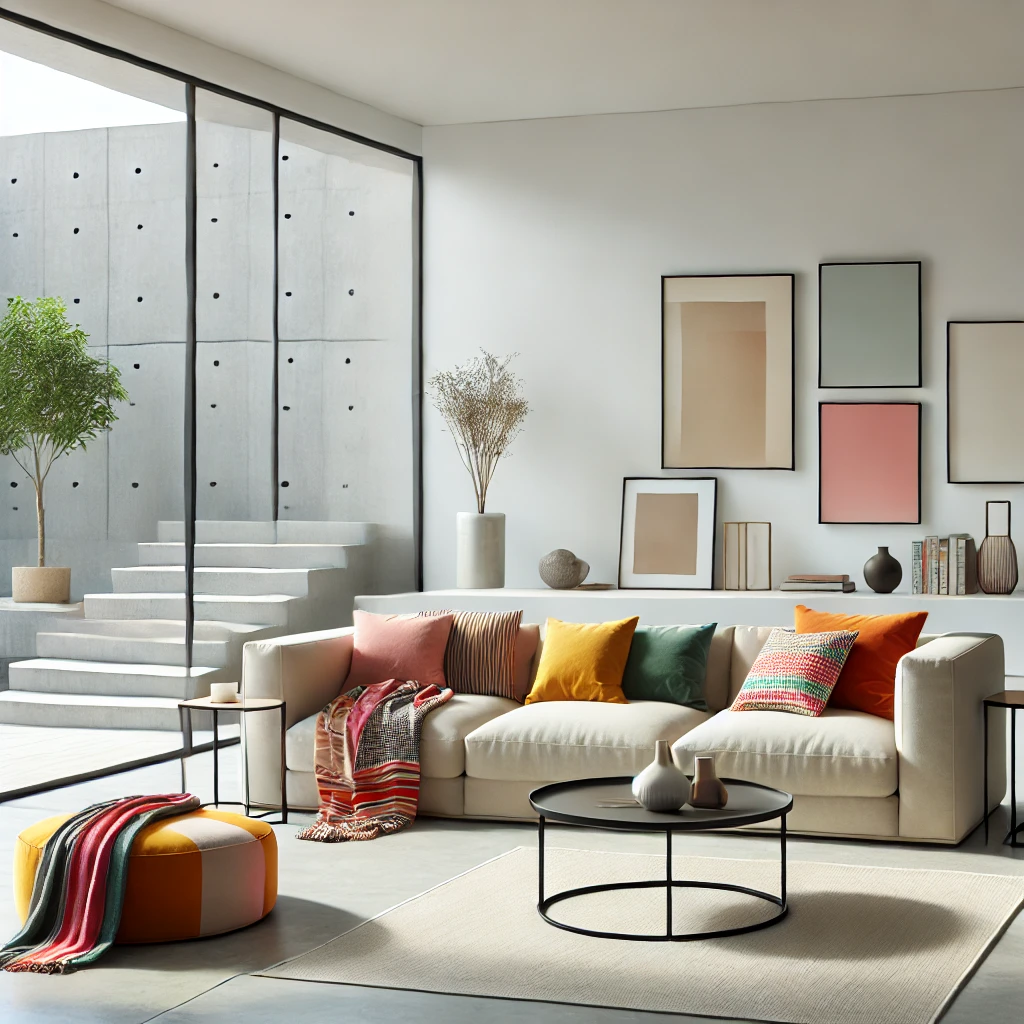
Advertisement – Continue Reading Below
4. Incorporate Smart Storage Solutions
Even in a minimalist home, smart storage is essential. While minimalism promotes fewer possessions, the things you do keep should have a designated place—preferably one that’s out of sight but easy to access. The goal is to maintain a clean, clutter-free look without sacrificing functionality.
Opt for hidden storage furniture like ottomans with lift-up lids, coffee tables with compartments, or benches that double as storage chests. Floating shelves and built-in cabinets offer sleek solutions that blend seamlessly into your living room design. You can also use decorative baskets or minimalist storage boxes that match your aesthetic to keep items like books, chargers, or throw blankets neatly tucked away.
These smart storage solutions for minimalist homes help you stay organized while preserving the open, airy feel that minimalism is all about.
Advertisement – Continue Reading Below

Advertisement – Continue Reading Below
5. Keep Decorations Simple and Meaningful
In minimalist home decor, the mantra is clear: less is more. Instead of crowding shelves and surfaces with trinkets, focus on a few intentional pieces that bring both visual interest and personal value to your space.
A single statement artwork, a sculptural floor lamp, or a vase of fresh greenery can elevate the room without adding clutter. The key is to select simple living room decorations that serve a purpose—whether that’s beauty, functionality, or emotional connection. A sleek clock, a minimalist sculpture, or an elegantly framed photo can say more than a dozen unrelated decor items.
These meaningful home accents enhance your space without disrupting the calm, balanced energy that modern minimalist design is known for.
Advertisement – Continue Reading Below
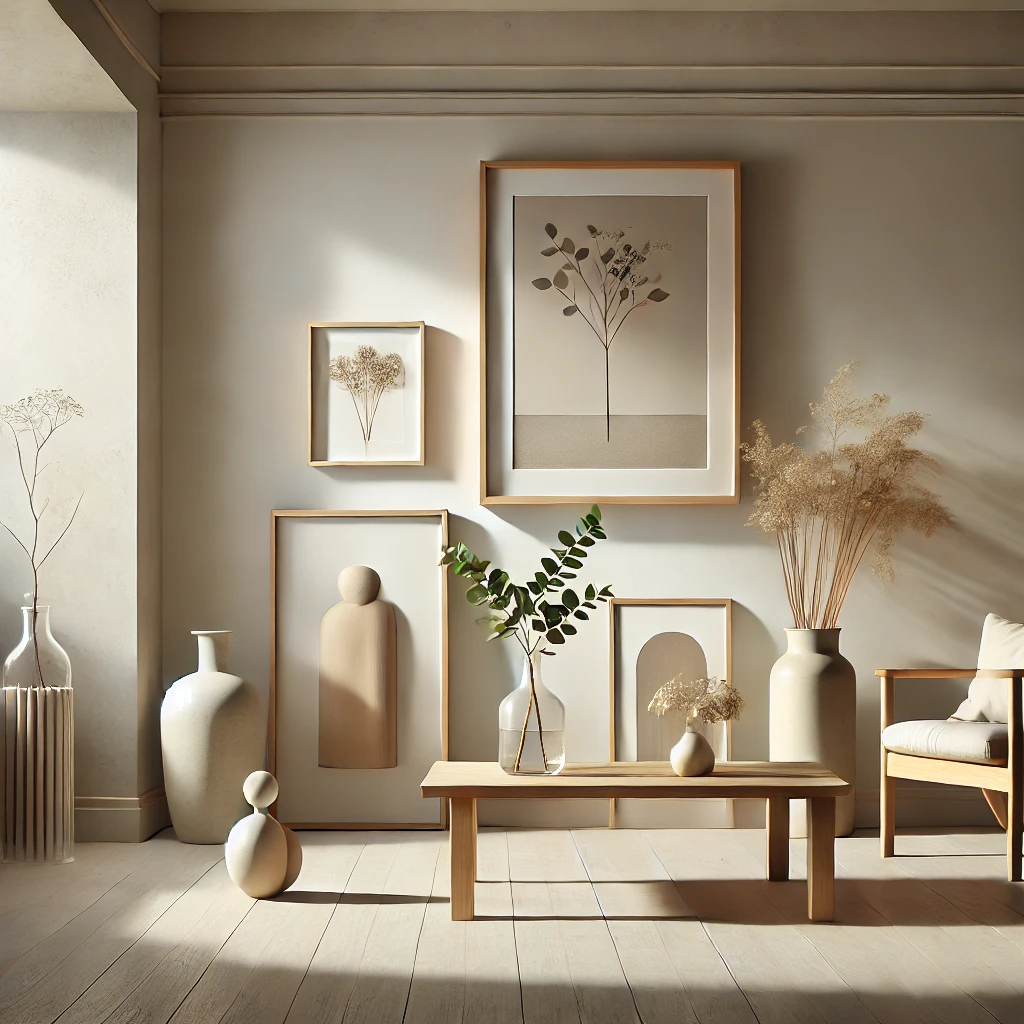
Advertisement – Continue Reading Below
6. Maximize Natural Light
In minimalist living room design, natural light is your best friend. It not only enhances the sense of openness but also makes your space feel more calm, airy, and inviting. The right lighting can elevate the entire vibe of a minimalist space without adding any physical clutter.
To maximize natural light in your living room, prioritize large windows, sheer curtains, and light-reflecting surfaces. Ditch the heavy drapes and opt for light, breezy window treatments or go completely bare if privacy allows. Incorporating mirrors is another smart move—they bounce natural light around the room and create the illusion of a larger, brighter space.
These minimalist lighting ideas help you achieve that clean, refreshing aesthetic while reducing your need for artificial lighting during the day.
Advertisement – Continue Reading Below
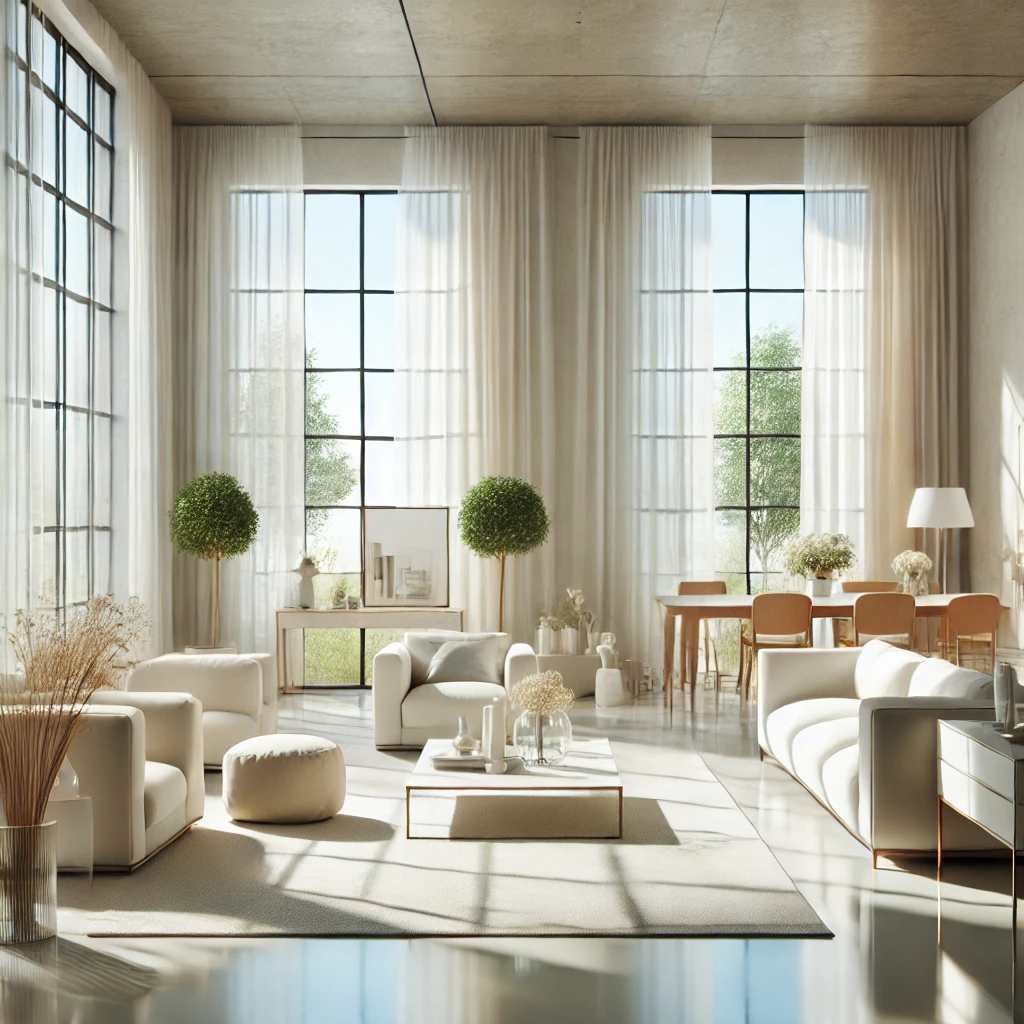
Advertisement – Continue Reading Below
7. Use Low-Profile Furniture
One of the simplest ways to make your minimalist living room feel more open and expansive is by incorporating low-profile furniture. These pieces sit closer to the ground, which helps maintain clear sightlines, enhances the feeling of vertical space, and makes ceilings appear higher—especially beneficial in smaller rooms or apartments.
Choose streamlined modern furniture with clean lines and minimal ornamentation. A low-back sofa, paired with a slim coffee table, creates a grounded yet open feel that aligns perfectly with minimalist principles. Skip the bulky sectionals and ornate armchairs in favor of lightweight, functional pieces that enhance flow and maintain visual simplicity.
This approach not only elevates your interior design but also supports the calm, uncluttered vibe that open concept living room ideas are all about.
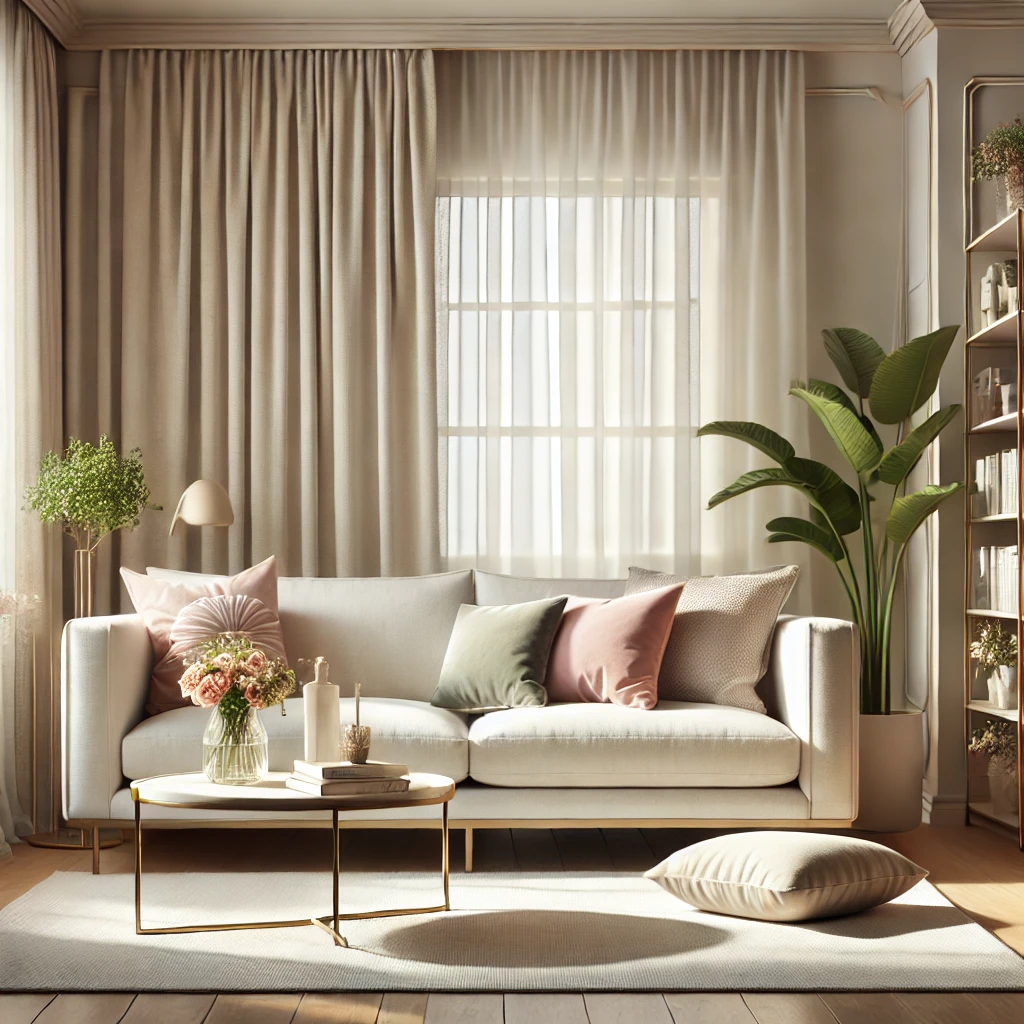
Advertisement – Continue Reading Below
8. Create a Focal Point
While minimalist design thrives on restraint, that doesn’t mean your living room has to be devoid of personality. In fact, choosing a single focal point is a powerful way to add visual interest without compromising the clean, uncluttered feel of your space.
Advertisement – Continue Reading Below
Whether it’s a statement piece of art, a textured area rug, or a striking light fixture, your focal point should stand out while everything else remains understated. For example, a bold abstract painting can introduce color and character to a neutral room, adding depth and charm while still aligning with minimalist principles.
By using minimalist focal point ideas, you can elevate your space with purpose and style—proving that simplicity and personality can absolutely coexist.
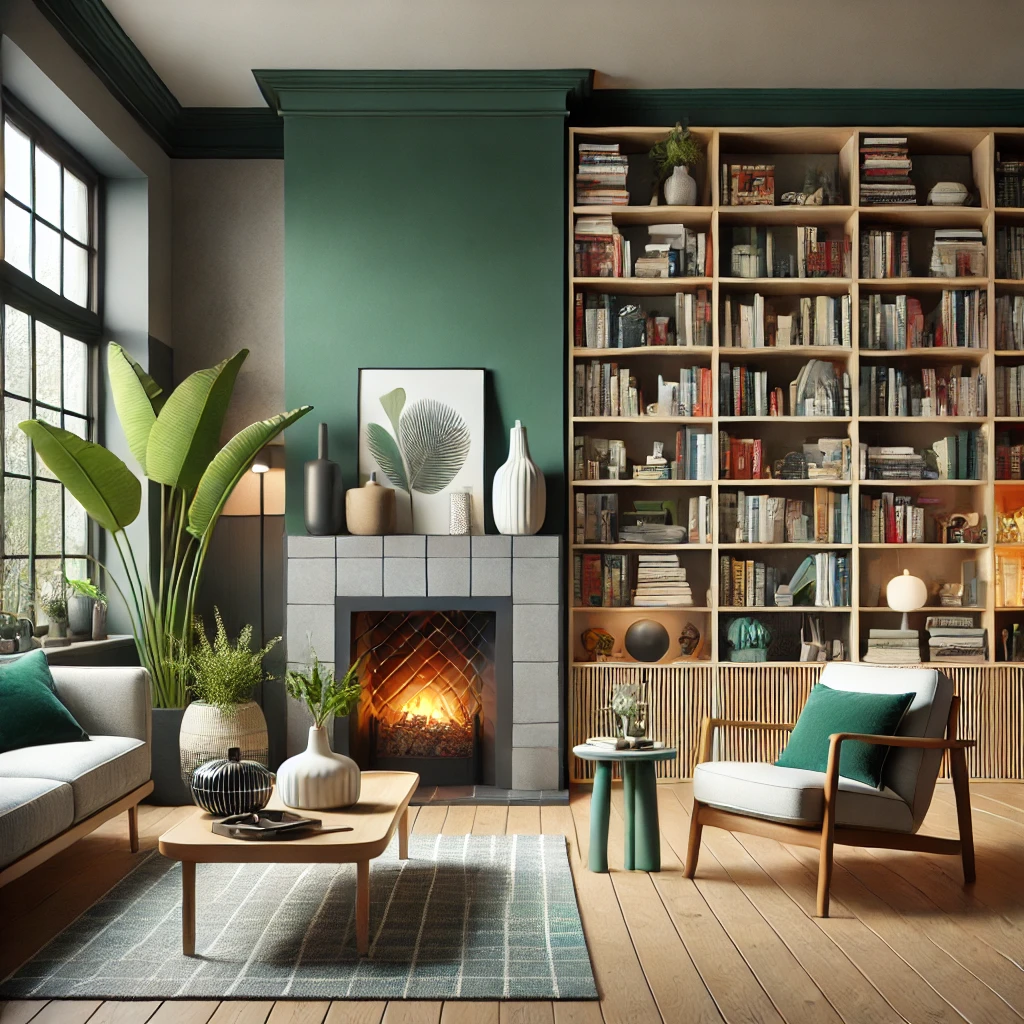
Advertisement – Continue Reading Below
9. Choose Streamlined Lighting
Lighting is essential in minimalist interior design—not just for illumination, but also for setting the tone of your space. Instead of elaborate chandeliers or overly complex setups, opt for streamlined lighting fixtures that complement your room’s clean aesthetic.
Great options include recessed lighting, sleek floor lamps, or modern pendant lights with simple silhouettes and neutral finishes. These fixtures provide the functionality you need while blending seamlessly into the background. Incorporate dimmer switches to easily adjust the brightness and create a warm, cozy vibe when desired.
Advertisement – Continue Reading Below
Don’t forget task lighting, such as a minimal desk lamp or an unobtrusive reading light near your seating area. These functional lighting solutions help maintain both the practicality and elegance that minimalist spaces are known for.

Advertisement – Continue Reading Below
10. Focus on Quality Over Quantity
One of the core principles of minimalist living room design is choosing quality over quantity. With fewer items in the space, each piece should be thoughtfully selected for its durability, function, and aesthetic value.
Instead of crowding your room with decor and furniture, invest in high-quality minimalist furniture made from timeless materials like solid wood, genuine leather, or natural textiles such as linen and cotton. These elements not only bring a sense of luxury and craftsmanship to your space but also age beautifully—ensuring your living room stays stylish and functional for years to come.
By focusing on durable home decor and investment pieces, you create a minimalist space that’s not only elegant but also built to last—perfectly embodying the minimalist philosophy of “less, but better.”

Advertisement – Continue Reading Below
11. Incorporate Natural Elements
Incorporating natural elements in minimalist design adds warmth, texture, and a touch of the outdoors to your space. While minimalism often emphasizes clean lines and neutral tones, introducing organic materials helps create a more inviting and balanced atmosphere.
Consider adding wooden furniture, stone accents, or indoor plants to soften the sharpness of your minimalist setup. A well-placed plant not only adds a pop of color but also improves air quality and brings a sense of life to the room. Choose simple planters in neutral tones to maintain your aesthetic, and avoid overcrowding—a few thoughtfully arranged pieces go a long way.
This blend of minimalism and biophilic design fosters a space that feels serene, grounded, and effortlessly stylish.

Advertisement – Continue Reading Below
12. Opt for Monochrome or Tone-on-Tone Color Schemes
While neutral palettes are a staple in minimalist design, you can take it a step further with monochrome or tone-on-tone color schemes. These approaches bring depth and interest to your space without straying from the clean, cohesive aesthetic minimalism is known for.
Using a single color family—such as varying shades of gray, warm taupes, or even soft pastels—creates a unified, calming atmosphere. This method lets you play with different textures and finishes—think matte walls, glossy ceramics, and plush fabrics—all within the same hue. The result? A minimalist living room that feels sophisticated, layered, and visually engaging.
This strategy works especially well in modern spaces, making it easy to achieve a refined, monochromatic decor style that still feels warm and welcoming.

Advertisement – Continue Reading Below
13. Utilize Built-In Shelving
Built-in shelving offers the perfect balance between function and aesthetics in a minimalist living room. By integrating storage directly into your walls, you eliminate the need for bulky furniture pieces, creating a cleaner, more open environment.
Whether you opt for open shelves to showcase a few meaningful decor items or choose closed cabinets to discreetly hide clutter, built-ins are a stylish and practical solution. Stick to clean lines and simple finishes that blend seamlessly with your walls—this way, the shelving feels like a natural part of the architecture rather than an added feature.
These space-saving built-in furniture ideas help keep your home organized while maintaining the minimalist design principles of simplicity, functionality, and intentionality.
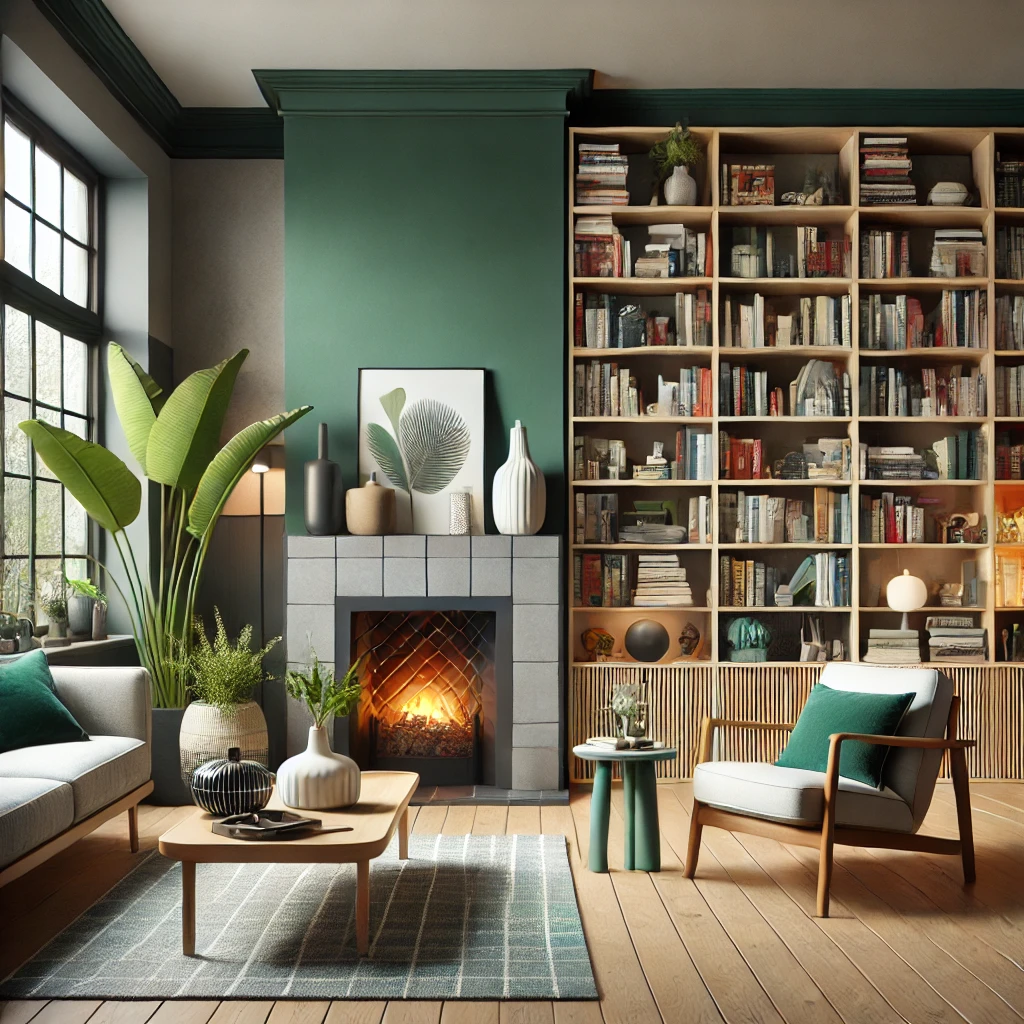
Advertisement – Continue Reading Below
14. Create Cozy Seating Areas
Minimalism doesn’t mean sacrificing comfort—in fact, a cozy seating area is essential to making your minimalist living room feel inviting and livable. The key is to strike a balance between function and simplicity.
Pair a sleek, low-profile sofa with a single accent chair or a couple of floor cushions for flexible, relaxed seating. Keep your choices limited to just a few well-placed pieces to preserve a sense of openness and flow. Choose comfortable minimalist furniture with clean lines and neutral tones that blend effortlessly with the rest of your space.
These minimalist seating ideas allow you to create a welcoming environment that encourages connection and relaxation—without disrupting the calm, clutter-free aesthetic.

Advertisement – Continue Reading Below
15. Incorporate Textural Variety
While minimalist living rooms often showcase smooth, streamlined surfaces, incorporating a mix of textures is key to making the space feel warm, cozy, and dynamic. The right combination of materials adds visual interest without disrupting the clean and clutter-free aesthetic.
Layer in natural textures like wood, leather, metal, wool, and linen to create a sense of depth and comfort. For instance, a soft woolen throw over a linen sofa, a jute rug beneath a sleek coffee table, or brushed metal accents alongside warm wood tones can transform your space from stark to serene.
This approach to layered minimalist interiors ensures that your home stays true to its minimalist roots while still feeling inviting and lived-in.
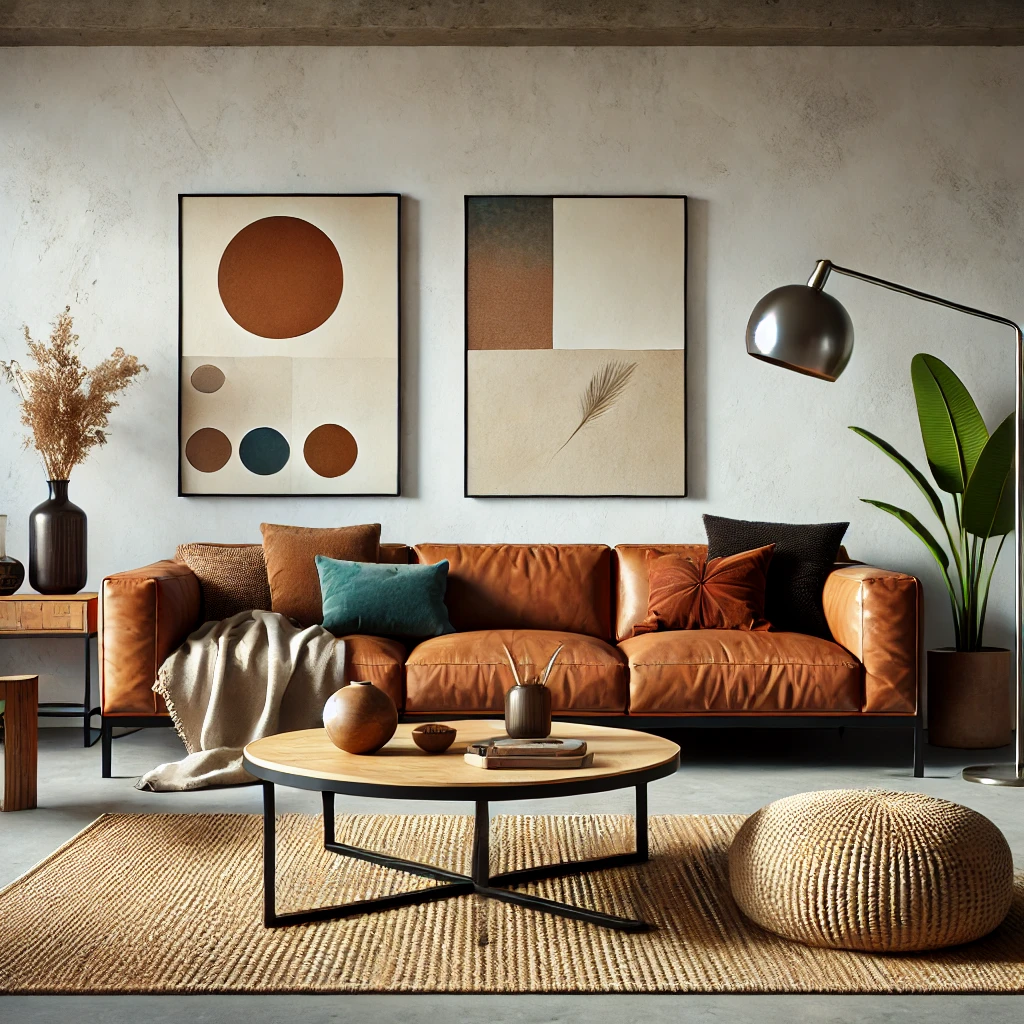
Advertisement – Continue Reading Below
16. Keep Floors Bare or Use Simple Rugs
In minimalist living rooms, less is more—especially when it comes to flooring. Bare floors not only make a space feel larger and more open, but they also contribute to a clean, uncluttered look. Materials like hardwood, polished concrete, or neutral tile are perfect for maintaining that minimal vibe.
If you prefer the comfort and coziness of a rug, choose one with a simple, understated design. Opt for neutral area rugs in solid tones or with subtle patterns that blend seamlessly with the rest of your decor. Avoid bold prints or overly detailed designs, as they can disrupt the calm visual flow of the room.
A well-placed minimalist rug can help define a seating area, add warmth, and tie the space together, all while staying true to the minimalist aesthetic.
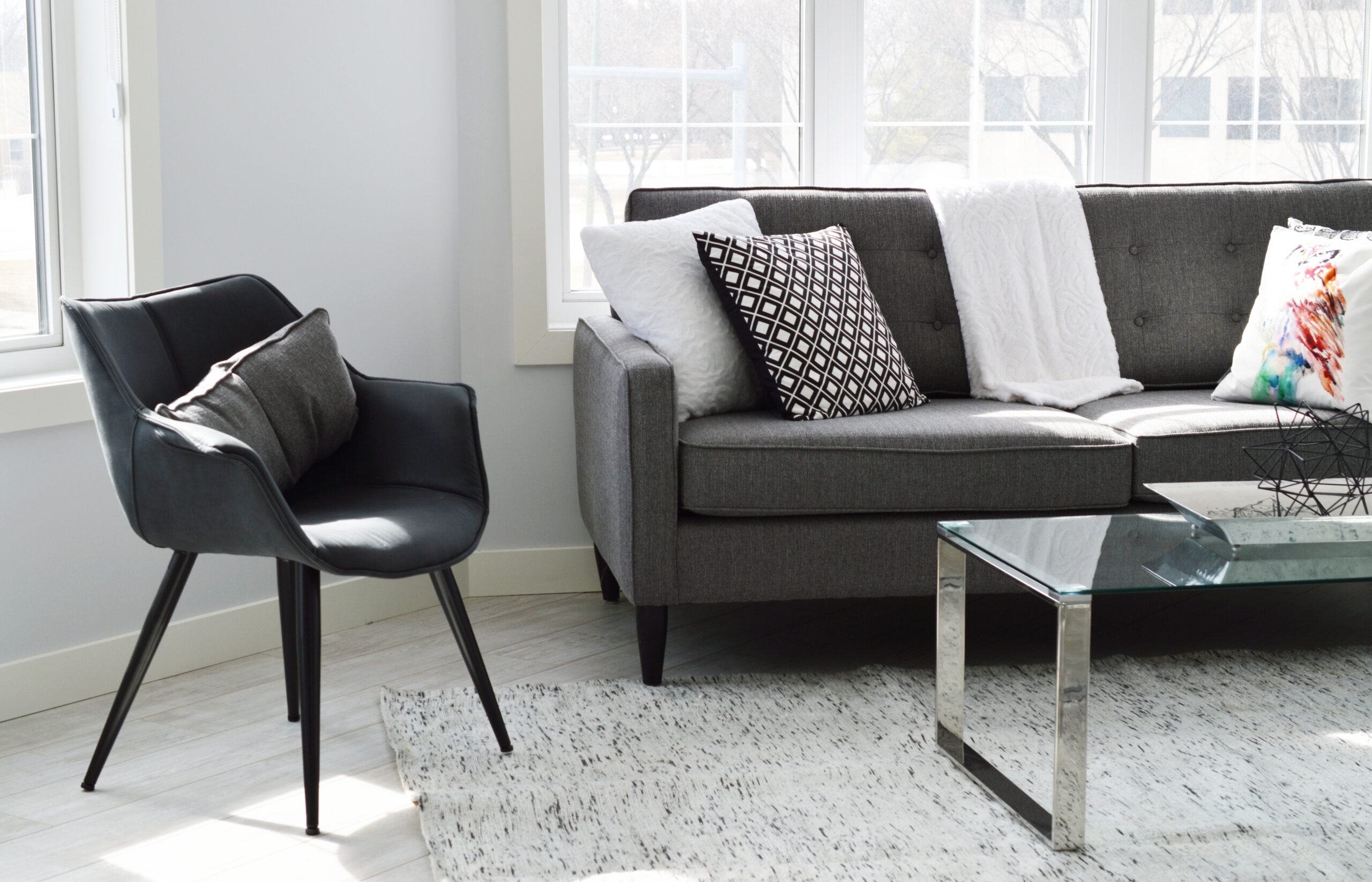
Advertisement – Continue Reading Below
17. Hide Cords and Electronics
One of the biggest challenges in creating a minimalist living room is dealing with cords and electronic clutter. Exposed cables and bulky devices can quickly interrupt the clean, streamlined look that minimalist design is known for.
To keep your space looking sleek, invest in cord management systems like cable sleeves, cord clips, or under-desk trays to keep wires out of sight. Choose a sleek media console with hidden storage for items like routers, gaming consoles, and remote controls. Better yet, mount your TV on the wall and conceal the wiring behind drywall or in a cord cover for a crisp, polished finish.
These wire organization tips not only improve the aesthetics of your space but also make your living room feel more open, organized, and truly minimalist.
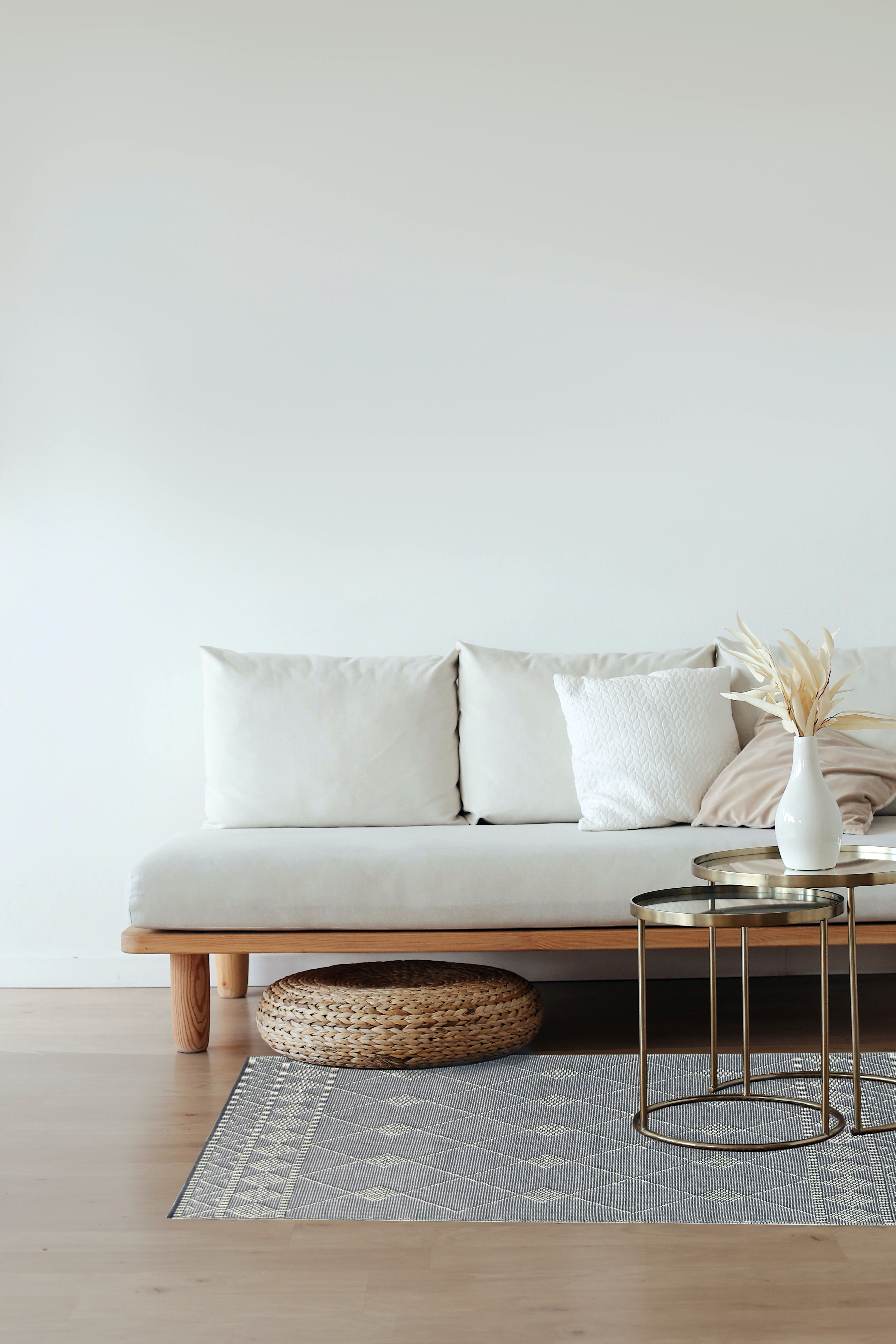
Advertisement – Continue Reading Below
18. Keep Walls Simple
Minimalist wall decor is all about restraint. In a minimalist living room, it’s important to resist the temptation to fill every wall with art or accessories. Instead, opt for a clean, uncluttered look that lets the space—and the few pieces you choose—breathe.
Select one or two meaningful art pieces to serve as focal points, and leave the remaining walls bare to maintain visual calm. If you love displaying photos or prints, try a gallery-style arrangement with plenty of negative space around each frame. This allows each piece to shine without overwhelming the room or disrupting the minimalist flow.
By keeping your walls simple and intentional, you help preserve the sense of openness and balance that’s essential to modern minimalist living room design.
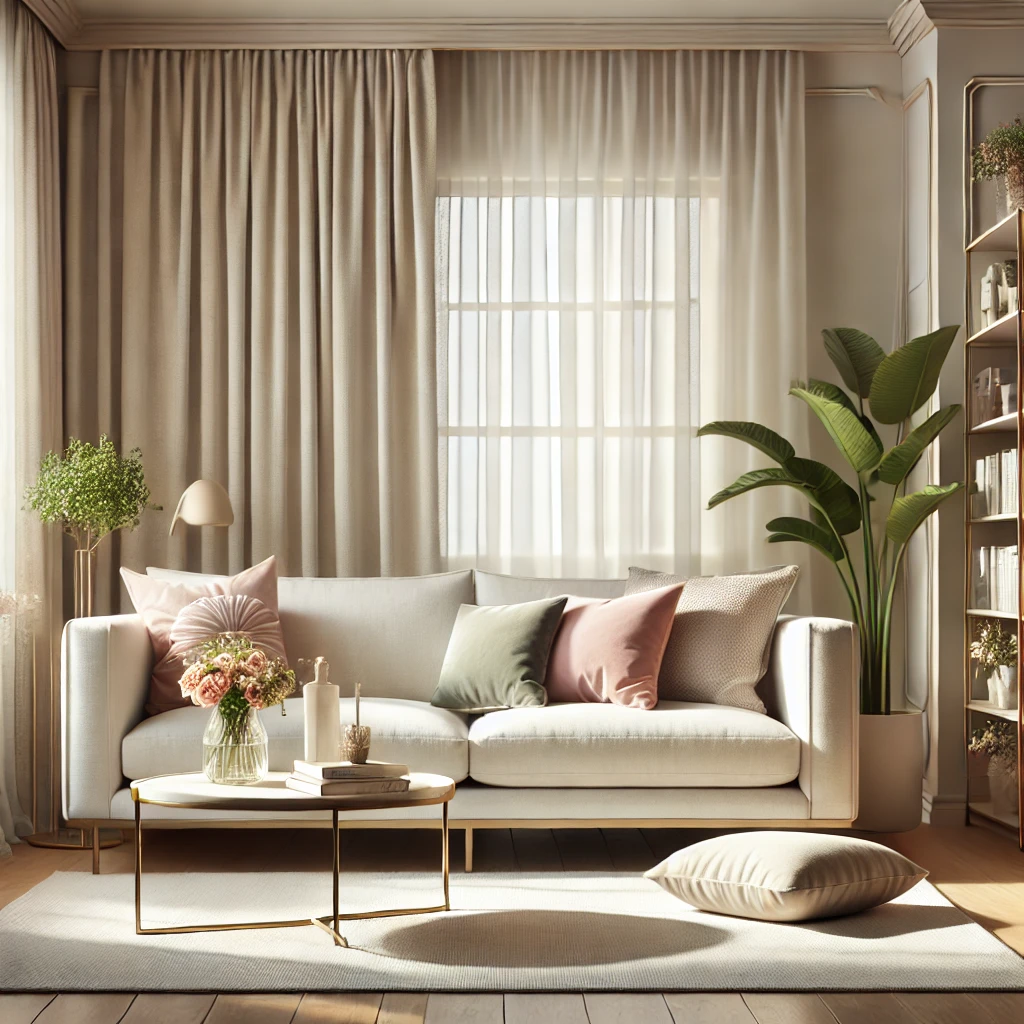
Advertisement – Continue Reading Below
19. Limit Furniture Pieces
In a minimalist living room, less really is more. Instead of filling the space with furniture, focus on the essentials—a comfortable sofa, a coffee table, and a couple of well-chosen chairs may be all you truly need. This approach helps maintain a clean, open layout while enhancing functionality and ease of movement.
Choose multifunctional furniture designs that can serve more than one purpose—like a coffee table with storage, a bench that doubles as seating and shelving, or a sofa with built-in side tables. These choices reduce the need for additional pieces and support a minimal furniture layout that keeps your space feeling balanced and uncluttered.
By limiting furniture to only what’s necessary, you create a room that’s not only beautiful and calming but also practical and designed for intentional living.
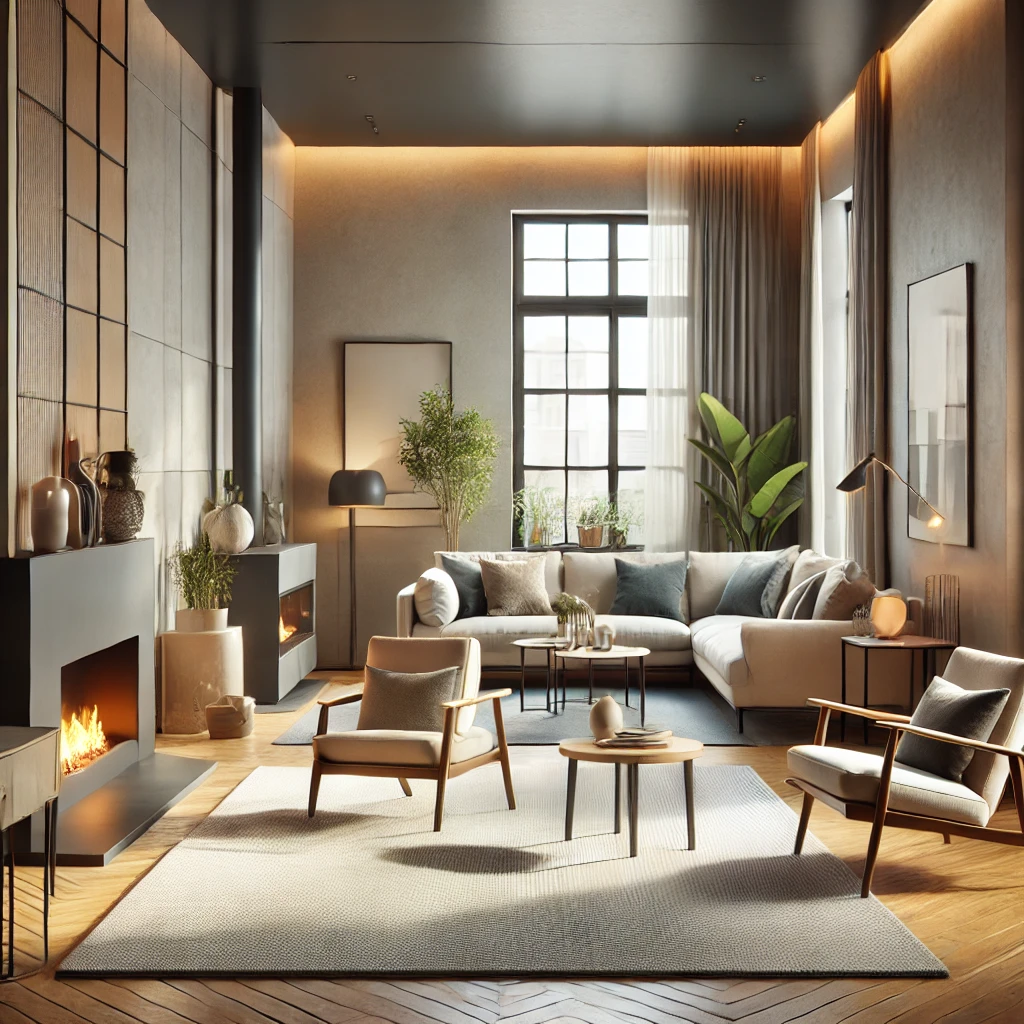
Advertisement – Continue Reading Below
20. Personalize with Intention
Minimalism isn’t about removing all personality—it’s about curating your space intentionally. Your minimalist living room should still reflect who you are, just in a more thoughtful and purposeful way.
Instead of filling every surface with décor, choose a few meaningful home accents—like a family heirloom, a travel souvenir, or a favorite piece of artwork—that tell your story. Display them in a way that feels intentional, allowing each item to stand out without competing for attention.
This approach to personalized minimalist decor allows you to infuse your space with warmth, meaning, and authenticity, while still maintaining a clean, cohesive look that’s true to the minimalist aesthetic.
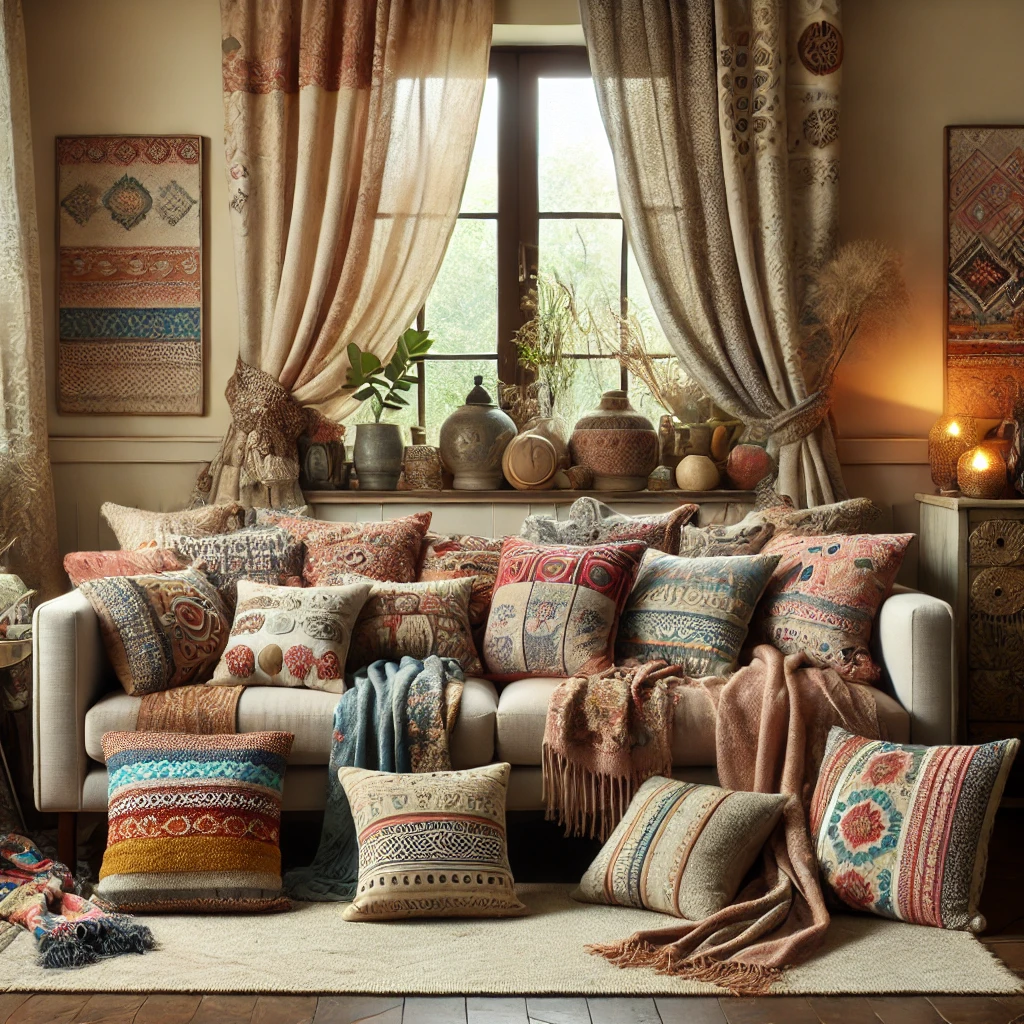
Advertisement – Continue Reading Below
Create a Serene, Clutter-Free Living Room That Reflects Your Style
A minimalist living room is more than just a design trend—it’s a way to create a serene, functional space that supports a calmer, more intentional lifestyle. By embracing simplicity, decluttering, and investing in multifunctional furniture, you can turn your living area into a peaceful retreat that looks beautiful and feels effortless to live in.
With the right mix of neutral color palettes, natural materials, and thoughtful storage solutions, even the smallest room can feel spacious and inviting. Whether you’re in a compact apartment or a large open-concept home, these minimalist living room ideas help you design a space that’s stylish, practical, and completely your own—clutter-free, calming, and perfectly curated.



